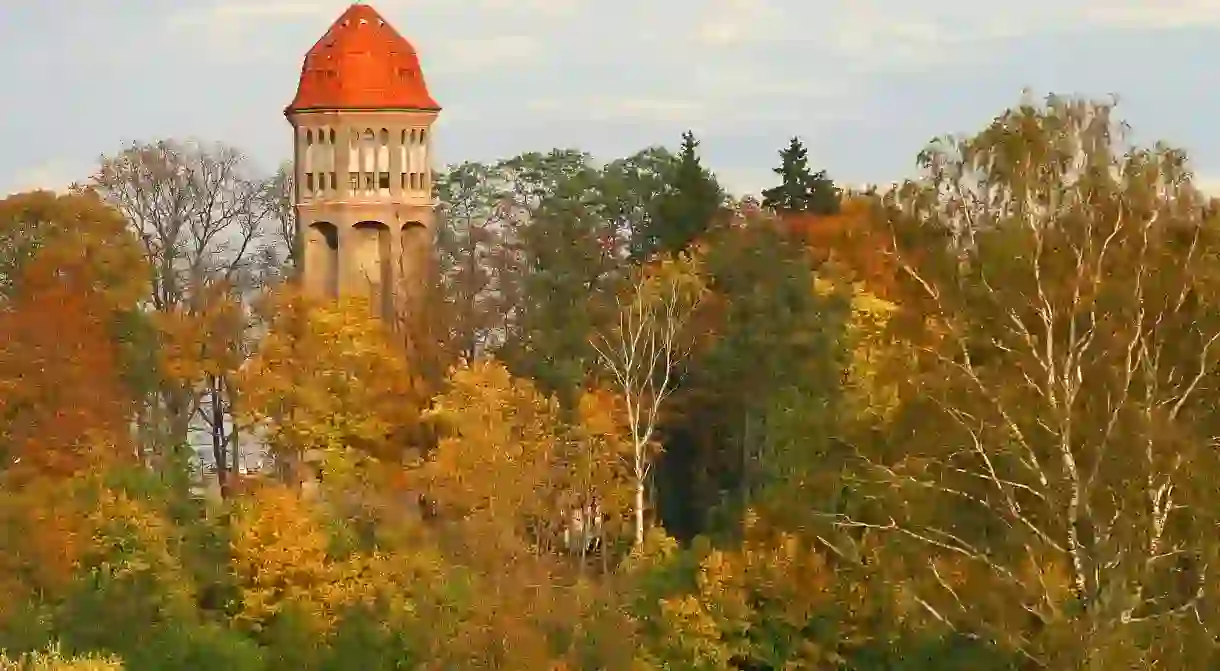Top UNESCO World Heritage Sites in Poland

From spectacular medieval castles to protected ancient woodlands and the infamous Auschwitz Birkenau camp, Poland’s is home to many UNESCO World Heritage Sites. Culture Trip takes a look at the 10 of the best.
Did you know – Culture Trip now does bookable, small-group trips? Pick from authentic, immersive Epic Trips, compact and action-packed Mini Trips and sparkling, expansive Sailing Trips.
Historic Centre of Kraków
Consisting of the spectacular gothic St. Mary’s Church towering over the 4,000 sq m market square (Europe’s largest), countless medieval houses and atmospheric cobbled streets, the historic centre of Kraków is Poland’s most favoured traveller destination. It was the first Polish site inscribed on the UNESCO World Heritage List and 10 million tourists from all over the world visit the city each year.
Wieliczka and Bochnia Royal Salt Mines
While in Kracow, make sure you take half a day trip to the nearby Wieliczka and Bochnia complex, which is one of the oldest salt mines in the world. From the 13th century up until 2007, the mines produced table salt, and in 2010 they were officially added to UNESCO’s World Heritage Site List. Highlights of the mines include a spectacular chapel often used for weddings or music concerts, rock salt statues and underground lakes.
Auschwitz Birkenau, German Nazi Concentration and Extermination Camp (1940-1945)
Auschwitz Birkenau was the largest Nazi concentration camp, situated in the Polish city of Oświęcim. Over a million people of 28 nationalities (majority of which were Jews) lost their lives here between 1940 and 1945. The on-site museum commemorates the prisoners with an unsettling collection of images, documents and personal belongings such as shoes, suitcases and ceramics. Remaining camp barracks and ruins of crematoria and gas chambers are open for visitors all year round.
Białowieża Forest
Białowieża, Poland’s oldest national park and one of Europe’s last ancient woodlands, is a true paradise for nature lovers. Located northwest from Warsaw near the border with Belarus, it provides excellent hiking and cycling paths as well as guided tours of the strictly protected parts, which have remained undisturbed for hundreds of years.(The park’s first protection document dates back to the 16th century). Other highlights include spotting numerous animal and plant species such as European bison and 500 year old oak trees.
Old Town in Warsaw
Warsaw’s Old Town is the capital’s most representative quarter and a popular tourist destination. Built in the 13th century, it was almost completely destroyed during the Second World War and subsequently restored to its former glory in the following years. Nowadays, it’s virtually impossible to distinguish reconstructed parts from the original buildings. Old Town is also home to magnificent churches, museums, cafés and restaurants.
Castle of the Teutonic Order in Malbork
Head to Malbork to explore the largest castle in the world built by the Teutonic Knights in the 13th century. The site will allow you to expand your knowledge of medieval history, gothic architecture as well as conservation and restoration techniques (as the castle suffered major damage during conflicts, most recently during the Second World War). Nearly half a million tourists visit Malbork each year. Cross to the opposite bank of the Nogat River, which surrounds the castle, for the best views and a great spot for taking pictures.
Medieval Town of Toruń
The birthplace of Copernicus, Toruń is a must-see for all medieval architecture enthusiasts. According to UNESCO, its value lies in its being “a small historic trading city that preserves to a remarkable extent its original street pattern and outstanding early buildings, and which provides an exceptionally complete picture of the medieval way of life”.
Kalwaria Zebrzydowska

Visit the southern town of Kalwaria Zebrzydowska to admire its famous Roman Catholic monastery of the Bernardine order and park complex, which together form Poland’s second most important pilgrimage site (after Częstochowa). Places of worship dotted across the area were modeled on Jerusalem’s Via Dolorosa. The best time to go is definitely Easter, when you can watch live Passion plays, and Assumption Day on August 15th, when celebratory masses take place throughout the day.
Old City of Zamość

The southeastern city of Zamość boasts a magnificent 16th century Old Town, which was added to the UNESCO World Heritage Site List in 1992. It was sponsored by Polish magnate Jan Zamoyski and designed by Italian architect Bernardo Morando, who modeled it on Italian Renaissance city plans.
Centennial Hall, Wrocław

Constructed between 1911 and 1913, the Centennial Hall was designed by German architect and urban planner Max Berg, who was appointed the city’s senior building official in 1909, when the region was under German rule. The circular concrete building featured the world’s largest concrete cupola (67 metres in diameter), survived World War II and is still used today as an event and exhibition space.













